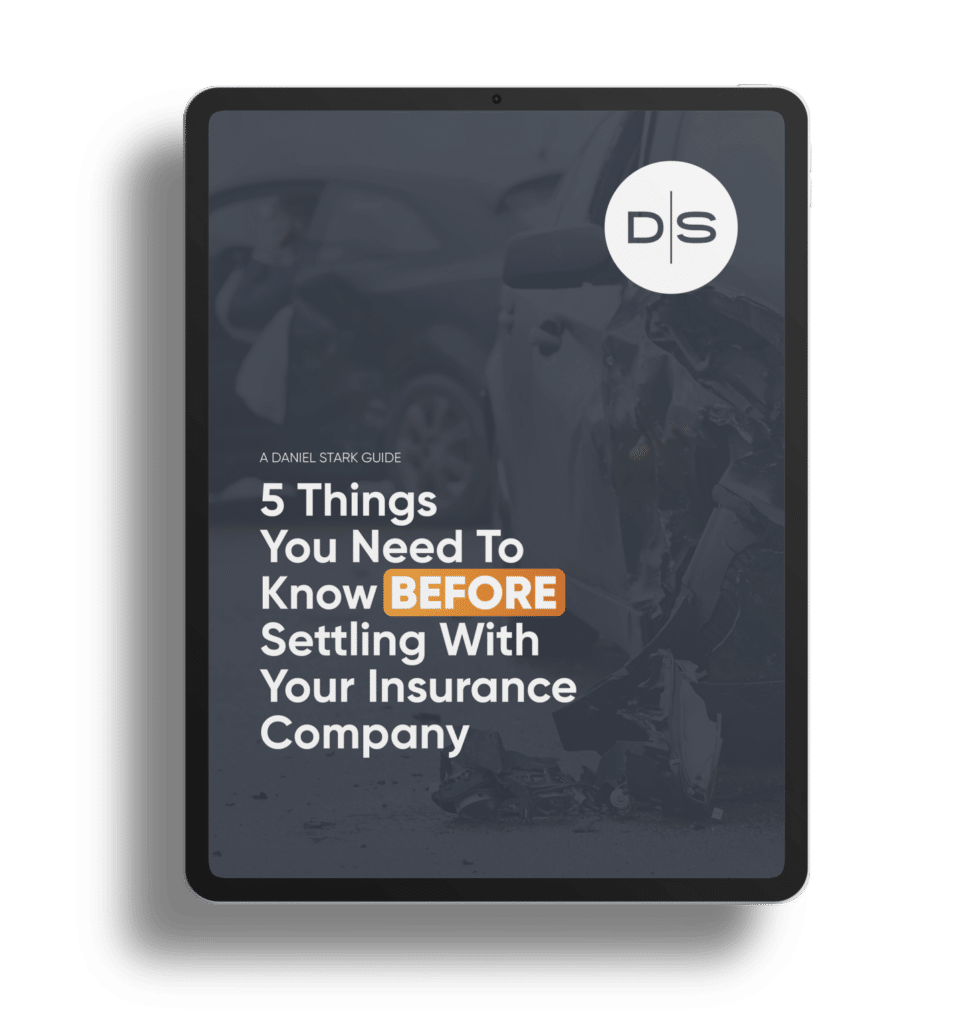I get so frustrated by insurance lackeys unfairly judging injured people based on labels and stereotypes. Your client is a ”insert label here” (addict, criminal, deadbeat, faker, unemployed . . .). I want to pull my hair out every time I hear these labels used to devalue human losses. For every “claimant” that the insurance industry screws based on an expressed bias, there are undoubtedly many more whose injuries are cheapened by implicit biases that go unspoken.
When it comes to defeating the injustice of these labels, there is no stronger antidote than knowing our clients’ full and unique stories. Sometimes, a deeper look reveals the flawed character traits and personal shortcomings that I associate with a given group. When I have been willing to learn the full story and get to know the person behind the label, I often find that the assumptions made from bias are exposed as wrong, hurtful, and backwards.
A recent call from an adjuster highlighted how unfounded these assumptions are when others are evaluated based on labels, stereotypes, and biases.

Here is a prime example:
About 15 years ago, my client Sammie gets in a single-car crash, breaking her back. Her doctors prescribe opioids to treat the resulting pain. Once she is unable to afford the addictive drug, in desperation Sammie turns to heroin. In the depths of her addiction, she collects quite a rap sheet.
Possession of marijuana, alprazolam, heroin, and methamphetamine. In addition to possession, there was theft, driving with a suspended license and more. A simple Google search turns up several mugshots of a sunken Sammie, seemingly aged beyond her years.
But those mugshots are not the same Sammie that I got to know. The Sammie I know is an inspiration. A truly remarkable person who vulnerably shared her story of addiction and recovery with me.
Years after her crash, Sammie was driving to Austin to visit friends. Another driver turned left in front of her causing a high-speed collision. Sammie’s right hip was destroyed. After emergency surgery stabilized her, she was left unable to walk on her own or care for her daily needs. Months later, Sammie underwent a total hip replacement. At 45 years old, she made the humbling choice to move back in with her parents.
The at-fault driver had a minimum-limits policy that wouldn’t even cover the bills from Sammie’s first day in the hospital. She was forced to sue her own insurance company for the policy benefits that she had paid for, but Big Insurance believed they could capitalize on her “sketchy” past.
When the trial was a month away, the insurance adjuster called to reiterate his last offer.
“This case is not worth the policy limits,” he said. “Your client will not present well to a jury. I mean, c’mon, she’s a drug addict and a criminal.”
My pulse quickened and my palms started to sweat. The tone of condescension and judgment coming from an insurance adjuster was nothing new, but this guy had just stepped on a land mine. He had NO CLUE who Sammie is! I was emotionally hooked.
I took a few breaths, eased out of my rage, and gathered my thoughts. This guy didn’t know Sammie’s story. To him, she’s just a claim number on a piece of paper. Big Insurance never balked at Sammie’s “criminal record” when accepting the premiums she faithfully paid for years. They never hurled insults or called her an “addict” when selling her the additional coverage she bought for uninsured or underinsured motorists. Like all of our cases, Big Insurance only puts up a fight when they’re asked to hold up their end of the bargain.
I knew the depth, courage, and beauty of Sammie’s full story. I sat back and listened as the adjuster rambled on about inflated hospital bills and zero verdicts. My reply took him off guard.
“Mr. Adjuster, the fact that Sammie is a recovering addict is not the worst part of my case. It’s the BEST part of my case!”
I told Mr. Adjuster the parts of Sammie’s story that make her a hero. Despite an understandable backstory for her addiction, Sammie is undeniably an addict. But with the support of her family, a rehab program, and excellent sponsors, Sammie overcame her addiction and got clean. After her recovery, Sammie achieved her bachelor’s degree, then a master’s degree. She devoted her career to becoming a researcher for M.D. Anderson Cancer Center.
Sammie succeeded. She became a published research scientist, leading the charge in searching for a cure and making breakthrough discoveries in lung cancer studies. After such a great triumph, Sammie suffered another blow – she got cancer herself.
But Sammie is a fighter. She stayed strong through her chemo treatments and walked out the other side into remission. Through this journey, Sammie remained steadfastly committed to her recovery. She spoke publicly to others, sharing her story and inspiring hope.
After her most recent crash, she faced one of her toughest battles yet.
In her mom and dad’s living room, Sammie laid restlessly in a makeshift hospital bed. A white-hot flash of pain seared at her shattered right hip, jarring her wide awake. Sammie winced, eyes squeezed tight, and fists clenched. She felt the warm wet nose of her faithful pup Benji as he nuzzled her, seemingly sensing her agony. As the sharpness of her pain softened into a deep ache, Sammie’s eyes focused on the shelf beside her bed. Nestled amongst the family photos and knickknacks sat a small orange prescription bottle bearing Sammie’s name – a bottle of Hydrocodone.
Staring at the Oxycodone prescription bottle, Sammie didn’t see those drugs as a path to relief. She didn’t reach for the bottle. Instead, she admired the prescription with a pride that somehow overshadowed her pain. That bottle, still completely full, is Sammie’s recovery trophy. She keeps it to symbolize her unwavering commitment to sobriety and recovery.

A week after hearing Sammie’s full story, Mr. Adjuster called back.
“Well, uh, we have, uh, reevaluated the claim. We can offer $350,000.”
“No! Like I said, policy limits or trial.”
“Ok how about $400,000?”
“How about policy limits?”
“Would Sammie take $450,000?”
“POLICY LIMITS OR TRIAL!” There was no way in hell I was moving on my stance.
“Ok, fine…….I’ll tender the policy.”
As attorneys, we may not have all the answers to rid the world of bias and unfair judgment. However, by knowing the stories of our clients, we can better protect them from getting screwed by Big Insurance bullies.
Thank you, Sammie, for showing me how wrong labels can be, and for trusting me with your story.
-Michael Bristow. Trial Attorney




